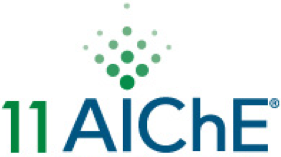

Optimal Charge Rates for a Lithium Ion Cell
Saeed Khaleghi Rahimian, Sean Rayman, Ralph E. White
Department of Chemical Engineering, University of South Carolina, Columbia, SC 29208, USA
Abstract
The optimum charge rate for a lithium ion cell at each cycle is determined to maximize the useful life of the cell that is defined as the number of cycles before the end of discharge voltage (EODV) drops below 3.0 V or the cell discharge capacity becomes less than 20% of the original discharge capacity. First, we showed that by applying a dynamic optimization routine the number of cycles can be increased by approximately 29.4 % with respect to the case with one optimal charge current. The dynamic optimization results indicated that the optimum charge rates are the minimum currents at which the constraints for the useful life are satisfied. This is due to the minimum charge rate resulting in minimum side reaction rate and capacity fade. Then, a new method has been developed to find the optimal charge without using optimization algorithms. The cell capacity and the EODV are both a monotonic ascending function of the charge current; as a result the optimal charge current can be obtained by some iterations of the charge ?discharge processes for each cycle. The new approach improves the useful cell life by approximately 41.6 % with respect to using only one optimal charge current in a few minutes while the previous optimization algorithm takes at least one day. Thus, the new technique enables us to find the best charge profile in online application in reasonable computation time by using any rigorous model for the cell simulation.
